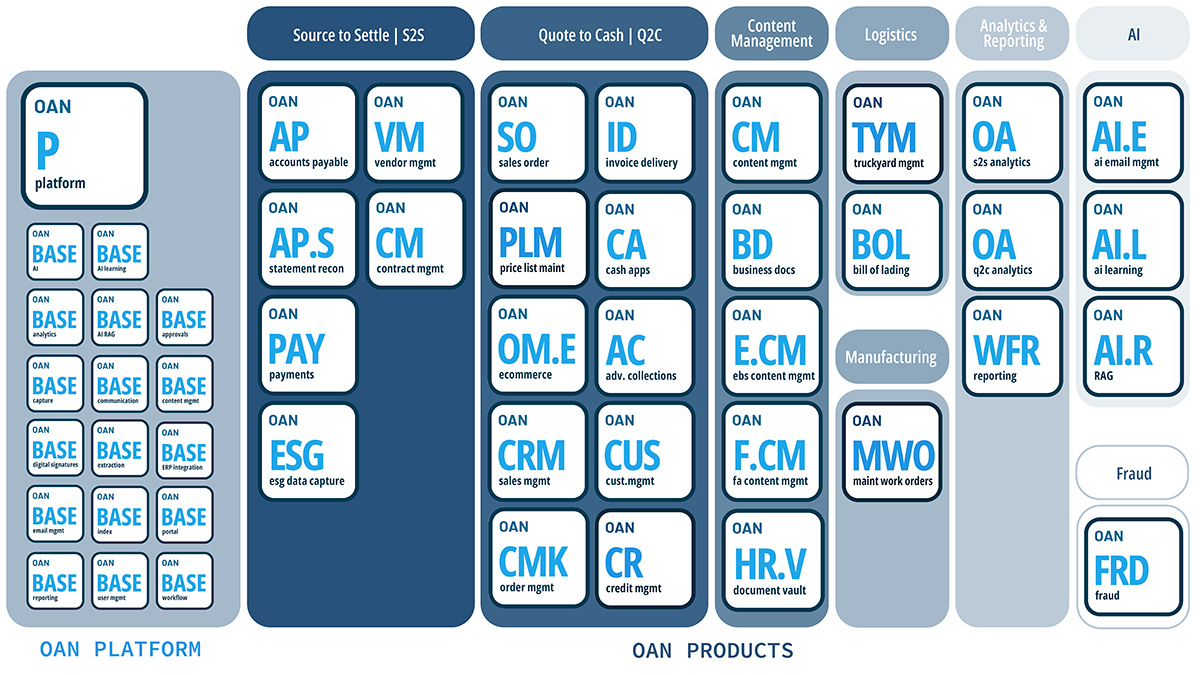By Matthew Albert
A while back, your humble blogger here asked you to join him on a time-travel trip back to grade school. Let’s revisit that trip for a brief moment. Remember that group project example? Well here’s another question about it: Was there a person in your group who couldn’t wait to point out the inefficiency of the group’s approach? Maybe it was you? (Your blogger was DEFINITELY that person.)
That question still applies today when we consider how and when businesses should adapt to more modern digital methods. Simply put, businesses that go digital survive. Businesses that don’t will die. However, there’s more to it. You have to know why you’re implementing specific digital ideas in order to get the biggest bang for your buck. With many digital routes available, there have to be at least a few listed below that can work for you.

Gains From Going Digital
As always, each business has its own needs and its own remedies for those needs. What works for one business doesn’t necessarily work for everyone else. So, with that idea in mind, here are some general trends about the advantages of specific digital practices:
- Staying Competitive in the Online Market. By creating an online marketing presence (usually through social media), you don’t miss out on customers who are entering the field for the first time. Potential new customers surf the web every day as their own needs change. You want them to find your business first.
- Hiring Creative Employees. As the world goes more digital, so does its children. Today, more and more young employees grow up with a device surgically fused to their hand and probably have a magnetic chip implanted in their opposite hand’s thumb (so we hear, anyway). In other words, those employees’ skill sets are best suited for companies that go digital. Don’t miss out on their expertise and especially their potential!
- Using Analytics to Make Better Decisions. By going digital, your staff can find it easier to pull various forms of data about sales, marketing, web site visits, etc. in order to show you where your business could stand to reach more customers. Refusing to go digital makes it nearly impossible to generate enough reliable data to make informed decisions.
- Costs Stay Down. When you consider how digital ads reach more customers than non-digital ads, it makes more sense to pay for digital advertising. In the long run, even if digital ads may seem to cost more than print ads on the surface, you’re actually saving money if you measure cost per view. For example, let’s say you pay $500 for online ads and $250 for print ads. Based on your tracking the online ads attract 500 new customers while the print ads generate 125. The online ads are actually costing you less because you’re essentially spending 1 dollar for each new customer while spending twice as much for each new customer from the print ads.
The Buy-In Is Critical

Okay, so digital is good. Fantastic. Now how do you convince the bulk of your non-digital Luddite team to go with that plan? You can’t just go up to your team, wave your hand in front of them and tell them “These aren’t the methods you are looking for.”
Unfortunately, when you need to convince lots of people to change their mind, you sort of need a campaign-esque approach for fast results. Here’s what we suggest:
- Get your CFO to buy in. If the CFO buys in big, there’s a good chance you’ll get a few more dominoes to fall just on that get. Your CFO will likely be able to show how the business can increase operations without needing to add employees, which means more money for the business.
- Get the rest of the staff to buy-in by showing how their jobs get easier with technology. Think about how happy your staff will be when they will no longer have to do a considerable amount of tasks by hand. Then think about the amount of unintentional human errors will be reduced as well. Now think about how ALL of that means less stress for everyone.
- Treat training as a team experience. Communicate to the rest of your staff that some of this digital conversion is new for you, too. Therefore, you’re all learning at the same time. Showing staff that you’re putting in the time along with them adds to the community feel a successful business typically has.
- Incorporate your digital conversion into your marketing. Work with your AP department to create a brief presentation or brochure that highlights all of the new and/or improved services they can do with a digital conversion. Showing your clients that you’ve gone digital will make them more likely to stick with you. Don’t discount the idea that you might even inspire some of your own clients to go digital themselves, thereby creating less stress for both customer and servicer.
This topic is one of those where it’s not really a both-sides kind of thing. If you were to list the pros and cons of digital vs. non-digital, it’s a landslide every time in favor of technology. Acquiescing to the changing needs of the world isn’t a sign of weakness. It’s a sign of forethought and innovation that leads to greater success for all involved. We’re also pretty sure that when you give out those employee bonuses and raises after record takings since your digital conversion, you’ll be the hero in this story.

